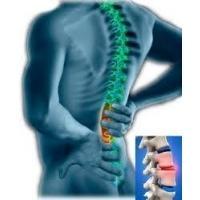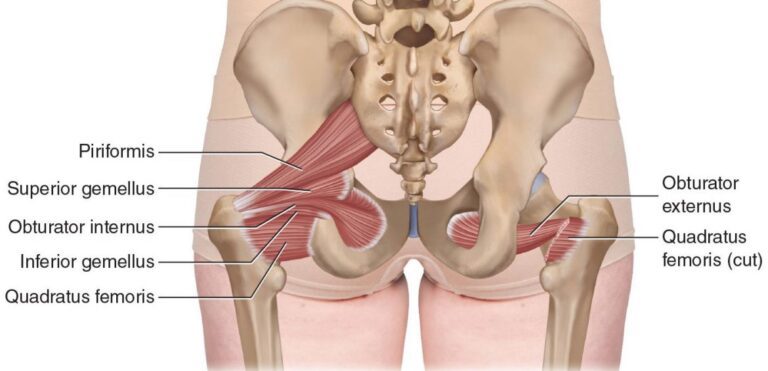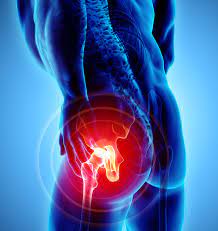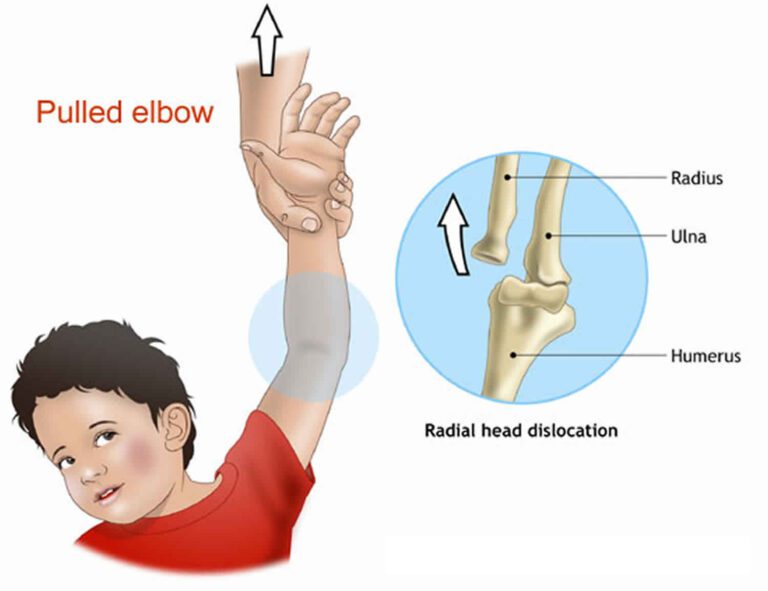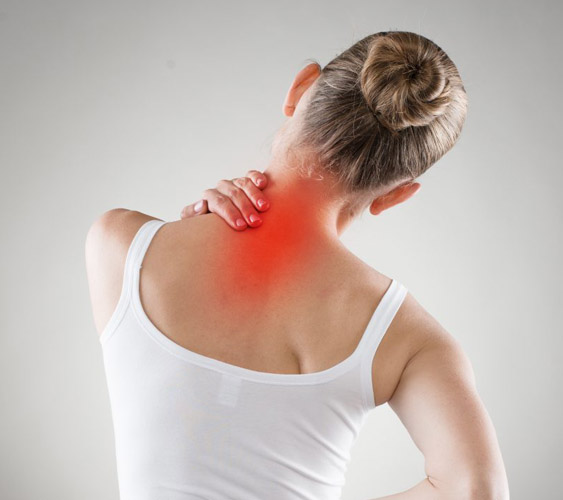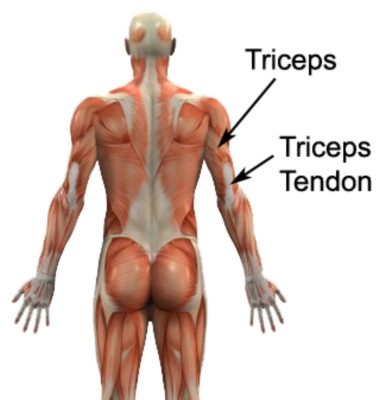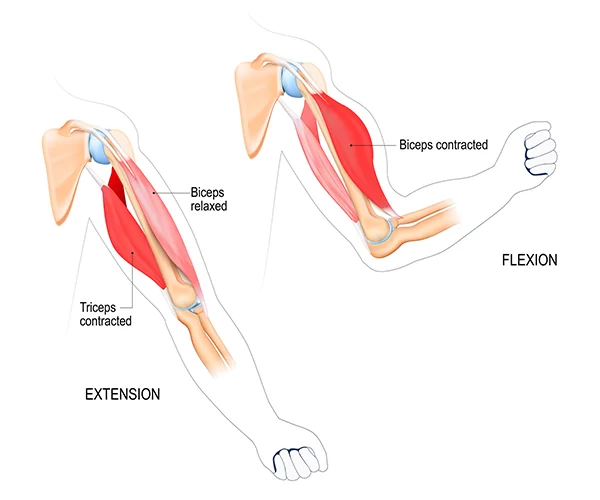Prolapsed intervertebral disc Disease (PIVD) : Physiotherapy Treatment, Exercise
Introduction : Prolapsed intervertebral disc disease is a condition where the soft, central portion of an intervertebral disc herniates out of the disc space to the outer part of the vertebral body. This may lead to compression of the spinal cord or of the nerve roots of the spinal cord. Partial or complete blockage of…

